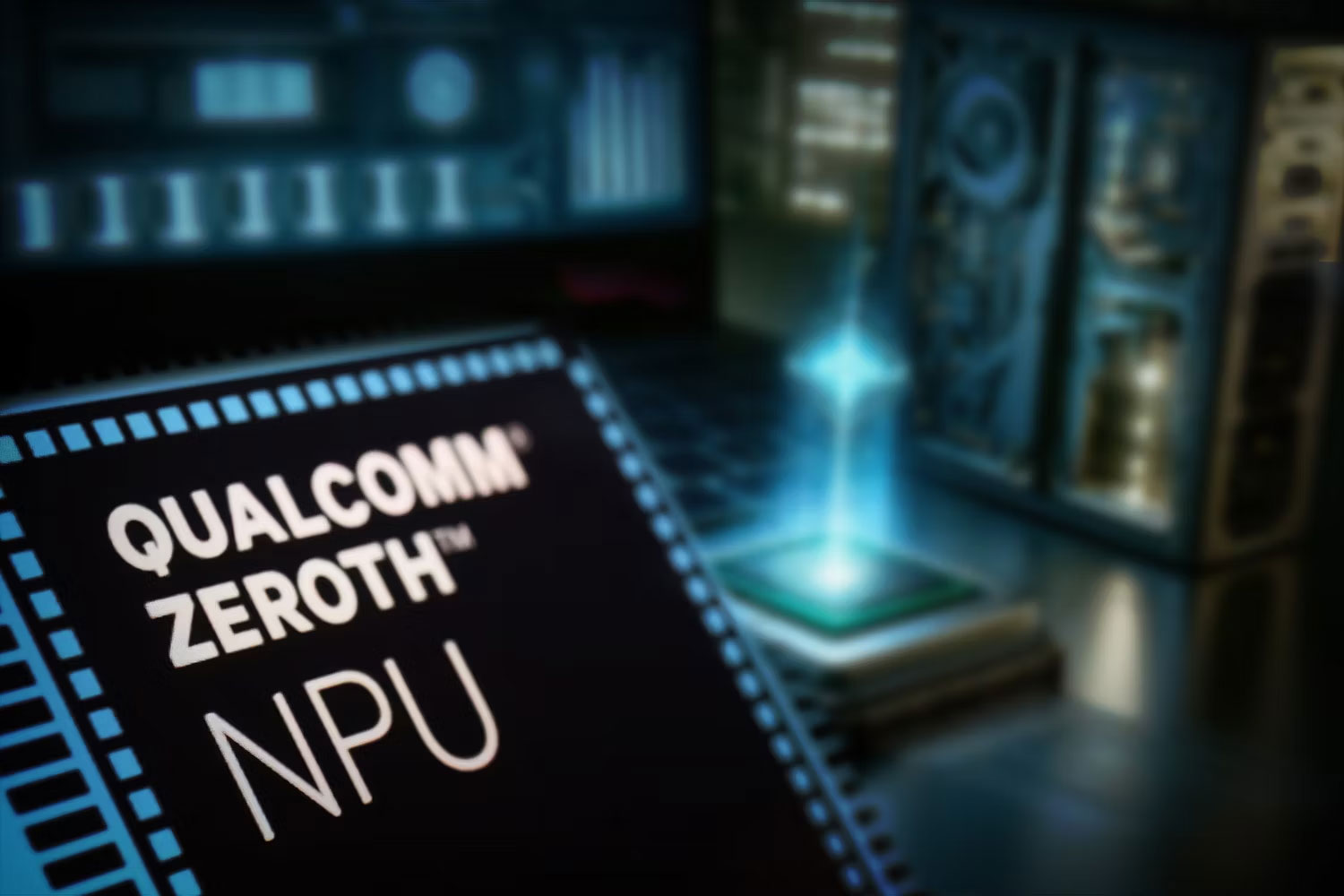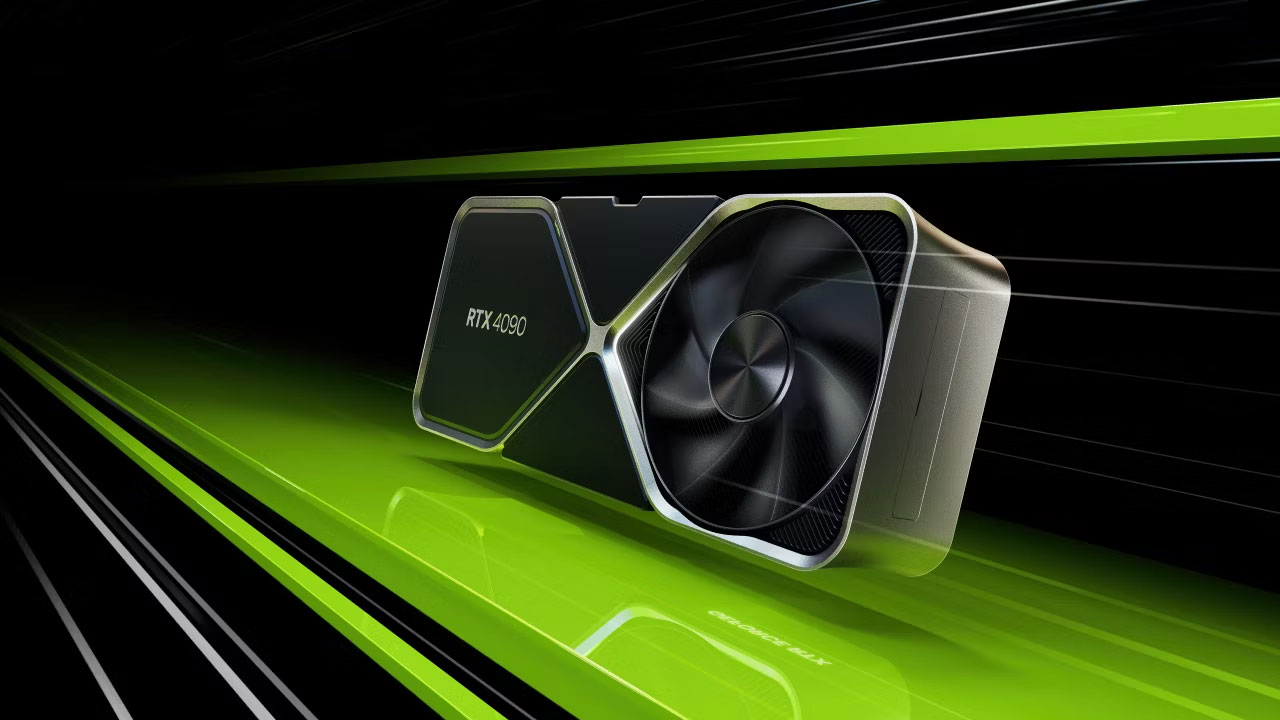Difference between NPU and GPU
But do you know the difference between an NPU and a graphics processing unit (GPU)?
What is NPU?

NPUs are specialized processors used to accelerate artificial neural network operations, including AI and Machine Learning (ML) computing tasks. It includes specific hardware optimizations that help it operate more efficiently while achieving high power efficiency.
NPUs are capable of parallel processing (can perform multiple operations at the same time), and with hardware architecture optimization, they can perform AI and ML tasks such as inference and training one by one. effectively. NPUs can be used to perform various AI tasks, like facial recognition and even training AI systems.
What is GPU?

GPU is a special processor used to accelerate graphics tasks such as image/video processing and display. Similar to NPU, GPU supports parallel processing and can perform trillions of operations per second.
Originally used to accelerate graphics processing and rendering tasks such as image/video editing and gaming, GPUs are now used for a variety of computational tasks. Due to their high throughput, GPUs perform data-intensive operations such as large-scale data processing and complex calculations such as cryptocurrency mining.
For the same reason, GPUs are also used to train large artificial neural networks. For example, technology companies use Nvidia's enterprise-grade H-100 GPUs to train their large language models (LLMs).
Compare NPU and GPU
The important difference between NPU and GPU is that NPU accelerates AI and ML workloads while GPU accelerates graphics processing and rendering tasks. In other words, each is a dedicated processor for a specific function on the device.
In addition to specialized functions, GPUs are increasingly used in other general computing tasks, including AI system training and Deep Learning inference. But if GPUs can also be used for AI/ML tasks, why do companies bother having dedicated processors for that? The short answer is performance and efficiency.
The use of a specialized processor in a computer for a specific task (usually to speed up the performance of the task) is called hardware acceleration. It helps improve performance because different components are designed to perform specific tasks more efficiently than using a general-purpose component like the CPU for everything.
Therefore, hardware acceleration is quite necessary on modern PCs. For example, you'll find GPUs for graphics processing and sound cards for audio.

The performance of both GPUs and NPUs is measured by the number of trillions of operations the processor can perform per second. This is usually expressed in Tera (or trillion) operations per second (TOPS). For example, Qualcomm's Snapdragon X Elite chip has up to 45 TOPS (from NPU only), while NVIDIA's GeForce RTX 4090 GPU has over 1300 TOPS.
GPUs can be discrete (separated from the CPU) or integrated (inside the CPU). At the time of writing, the NPU is integrated into the CPU. For example, Apple's A-Series and M-Series processors have the NPU (also called Apple Neural Engine) built into the CPU. However, some NPUs are discrete, like the official Raspberry Pi NPU.
In short, the NPU is a processor that accelerates artificial neural network processing, while the GPU is a specialized processor for graphics processing. Due to their parallel processing architecture, both can perform trillions of operations per second.
While NPUs are specialized for AI and ML tasks, the use cases for GPUs have expanded beyond graphics in recent years. They are also used in other general-purpose applications, especially in data-intensive activities such as AI model training and cryptocurrency mining.
You should read it
- 28 tools to help you start your business with the lowest cost (part 1)
- Instructions on how to copy formulas in Excel
- Firefox 16 is still 'expensive' despite each serious error
- Good apps for Valentine's Day
- HP Envy x2 officially launched to compete with the Surface Pro 3
- Windows 10 has an update that fixes a blue screen error
 8 applications are at risk of being killed on iOS 18, iPadOS 18 and macOS Sequoia
8 applications are at risk of being killed on iOS 18, iPadOS 18 and macOS Sequoia Some ways to fix Start Menu error on Windows 10 stops working
Some ways to fix Start Menu error on Windows 10 stops working How much does AppleCare+ cost? Should I use AppleCare+ service?
How much does AppleCare+ cost? Should I use AppleCare+ service? 7 ways to fix 'Getting Windows Ready' error on Windows 10
7 ways to fix 'Getting Windows Ready' error on Windows 10 Top best free remote computer control software
Top best free remote computer control software How to fix IDM not automatically downloading music and video links on Chrome and Firefox
How to fix IDM not automatically downloading music and video links on Chrome and Firefox